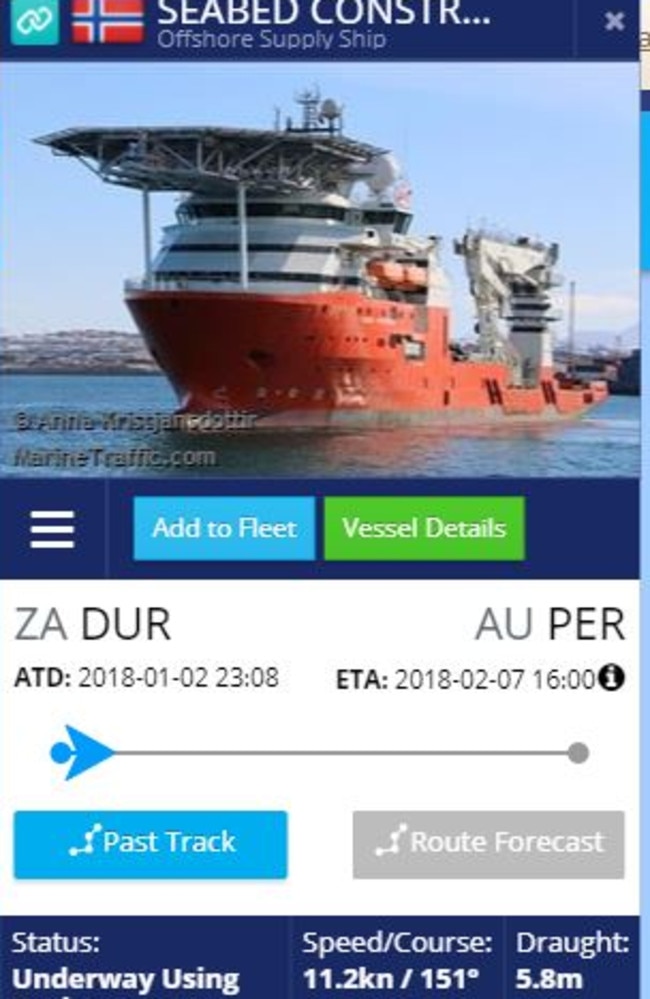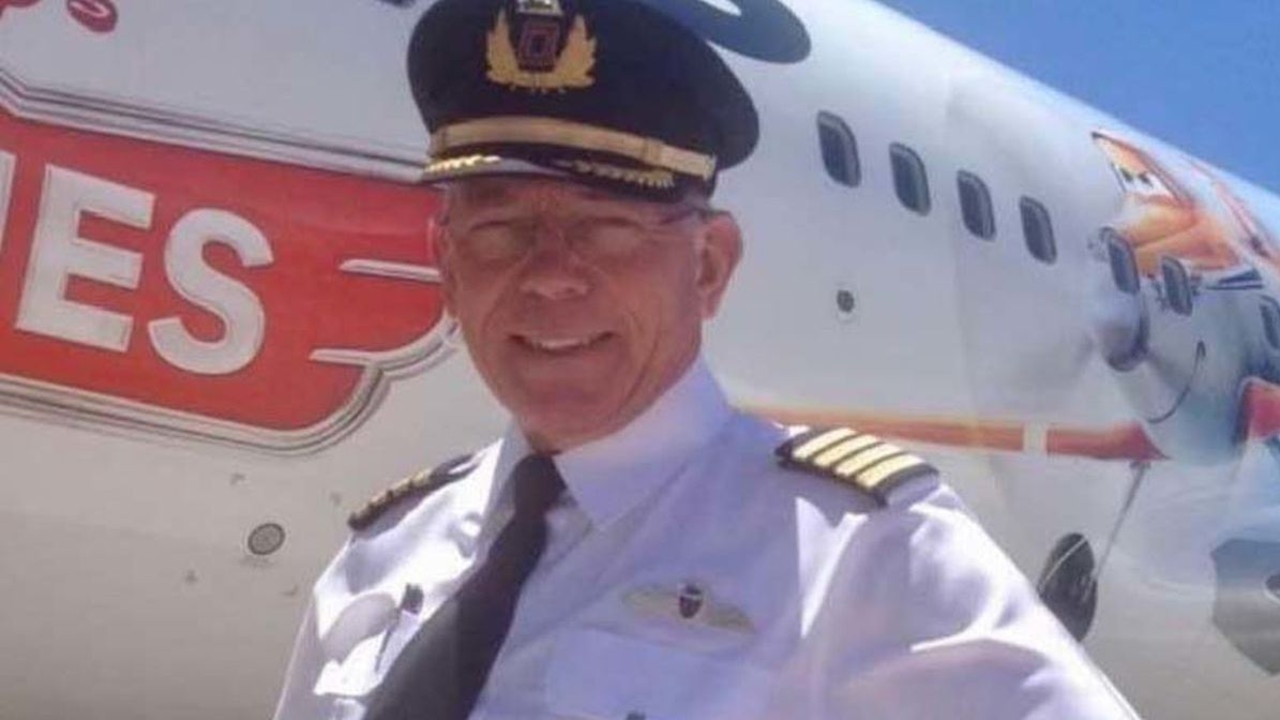The mind-blowing technical capabilities of new MH370 search vessel Seabed Constructor
A NEW ship with eight “underwater drones” makes the last MH370 search vessel look like a child’s toy. It’s our best hope yet.
THE stunning vessel in the new search for MH370 has tested out its cutting edge equipment off the coast of South Africa and has resumed its journey to Perth this morning.
Seabed Constructor is our best hope yet of finding the missing Malaysian Airlines Boeing 777, which is believed to have crashed in the Southern Indian Ocean off Western Australia in 2014 with 239 people on board.
According to live ship tracking site MarineTraffic.com, Seabed Constructor is back on the move after pausing some 60km off Durban to test its technology in depths of more than 3000m.
The Swire Seabed-owned Norwegian research vessel is being commandeered by Oliver Plunkett and Josh Broussard of Texas-based exploration company Ocean Infinity.
The company was hand-picked by the Malaysian Government and will carry out the search on a “no find, no fee” basis.
With eight unmanned submarines at its disposal and a scan rate of 1,200km per day, Seabed Constructor is the most advanced civilian vessel in the world and makes its predecessor, the Fugro Equator, look like a child’s toy.

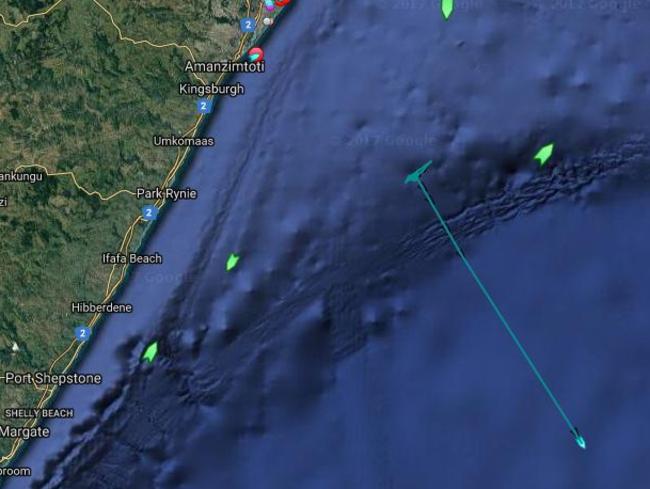
It also has a much smaller area to search — 25,000 sq km compared to the 120,000 sq km painstakingly scoured by Fugro over three long years with no joy before Australia finally suspended the operation last January.
Scientist and MH370 independent researcher Victor Iannello, who has been exchanging information and ideas with Mr Plunkett in the lead up to the mission, said he was optimistic and excited about the new search.
“Past efforts to scan the seabed for the debris field have used sonar sensors located in a single tow fish that was dragged behind a ship and glided about 100m above the seabed,” Dr Iannello told news.com.au overnight.
“Ocean Infinity’s approach is to use a team of eight autonomous underwater vehicles (AUVs), each one equipped with sonar sensors. Using multiple vehicles drastically increases the amount of seabed that can be scanned each day.
“The excellent maneuverability of the autonomous vehicles, which are essentially underwater drones, also make them more efficient at scanning mountainous structures on the sea floor.”
Unlike Fugro’s tow fish, which was unable to dive deeper than 4000m, often became snagged on underwater mountains and once crashed into an underwater volcano, Seabed Constructor’s AUVs can go to 6000m.
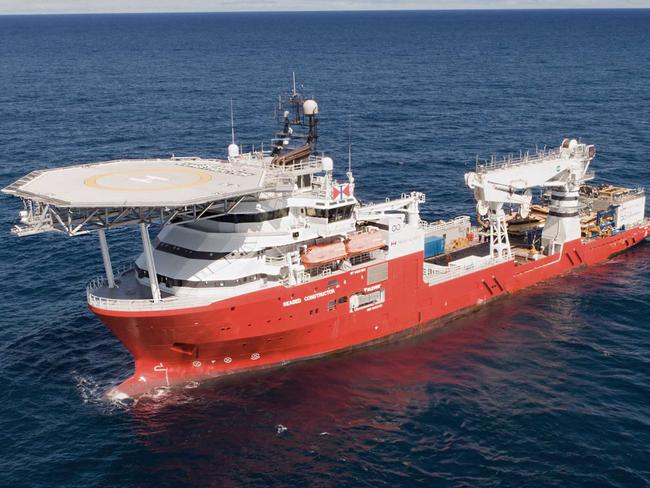
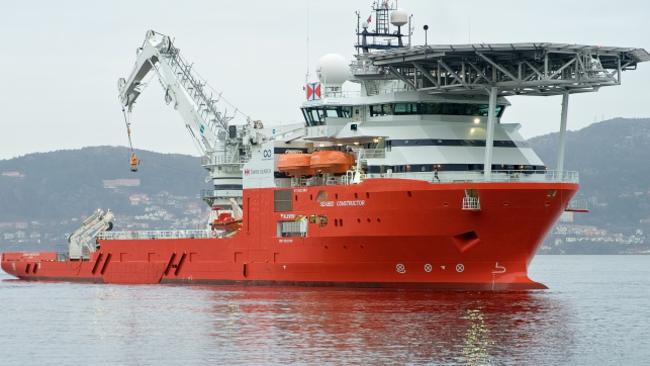
Malaysian Airlines Flight 370 vanished from radar en route from Kuala Lumpur to Beijing on March 8, 2014. No distress signal or message was sent and all 239 passengers and crew on the Boeing 777 are presumed dead.
The aircraft is believed to have made a radical change of course less than an hour after it took off and crashed in the ocean off Western Australia six hours later.
Dr Iannello said scanning would begin in a new 25,000 sq km zone identified by the Australian Transport Safety Bureau as the most likely resting place of the plane’s fuselage and black box.
EIGHT UNANSWERED QUESTIONS ON MISSING MH370
The new zone, located just outside the 7th Arc, the 120,000 sq km area already covered by Fugro Equator, is at latitude 35S with a probable end point at 30°S +/- 1°.
The advice to proceed north towards 30S latitude came from Independent Group members including the New York-based Dr Iannello and British aerospace engineer Richard Godfrey, who lives in Frankfurt.
“The drift analysis appears to support a probable end point of MH370 around 30°S near the 7th Arc,” Mr Godfrey concluded in a paper titled The Probable End Point of MH370, published last February.
“This fits with a late final major turn south at 19:36 UTC and a flight at the normal cruise speed of 0.84 Mach until fuel exhaustion. There is a good fit to the satellite data and a good fit to a great circle path toward Wilkins Runway as the final waypoint.”
If the flight data recorder is found, it will be recovered and surrendered to the Australian authorities, Dr Iannello said.
He said recovery of wreckage would require a separate agreement with the Malaysian authorities.
Seabed Constructor’s incredible capabilities were sensationally revealed earlier this week by The Economist’s Hal Hodson, who reportedly spent two days with the Ocean Infinity crew before they left port on Tuesday.
DID CAPTAIN ZAHARIE TRY TO SAVE MH370 IN CONTROLLED CRASH?
Transport Minister Liow Tiong Lai said yesterday that the government’s deal with Ocean Infinity would be finalised in the coming days with details expected to be released early next week.
Ocean Infinity chief Oliver Plunkett showed the company meant business with his decision to start the search ahead of any signed agreement with Malaysia, setting sail from the Port of Durban on Tuesday.
“With a relatively narrow weather window, we are moving the vessel towards the vicinity of the possible search zone,” a company spokesman told news.com.au.
“This is designed to save time should the contract award be forthcoming, as hoped.”
Ocean Infinity reportedly stands to receive closer to $90 million if it finds MH370 within 90 days and will bear the cost of the operation if it is unsuccessful.
That figure is based on an October, 2017 statement by Malaysia’s Deputy Transport Minister Abdul Aziz Kaprawi saying cabinet had agreed “to prepare a special allocation to the Ministry of Transport amounting to between $US20m (AUD 25 million) and $US70m (AUD 88 million) if MH370 aircraft wreckage is successfully found within 90 days”.
Seabed Constructor is expected to reach the new search zone on or around January 17 and is scheduled to dock at Perth on February 7.
You can follow Seabed Constructor’s journey on the live map at MarineTraffic.com.
here.
